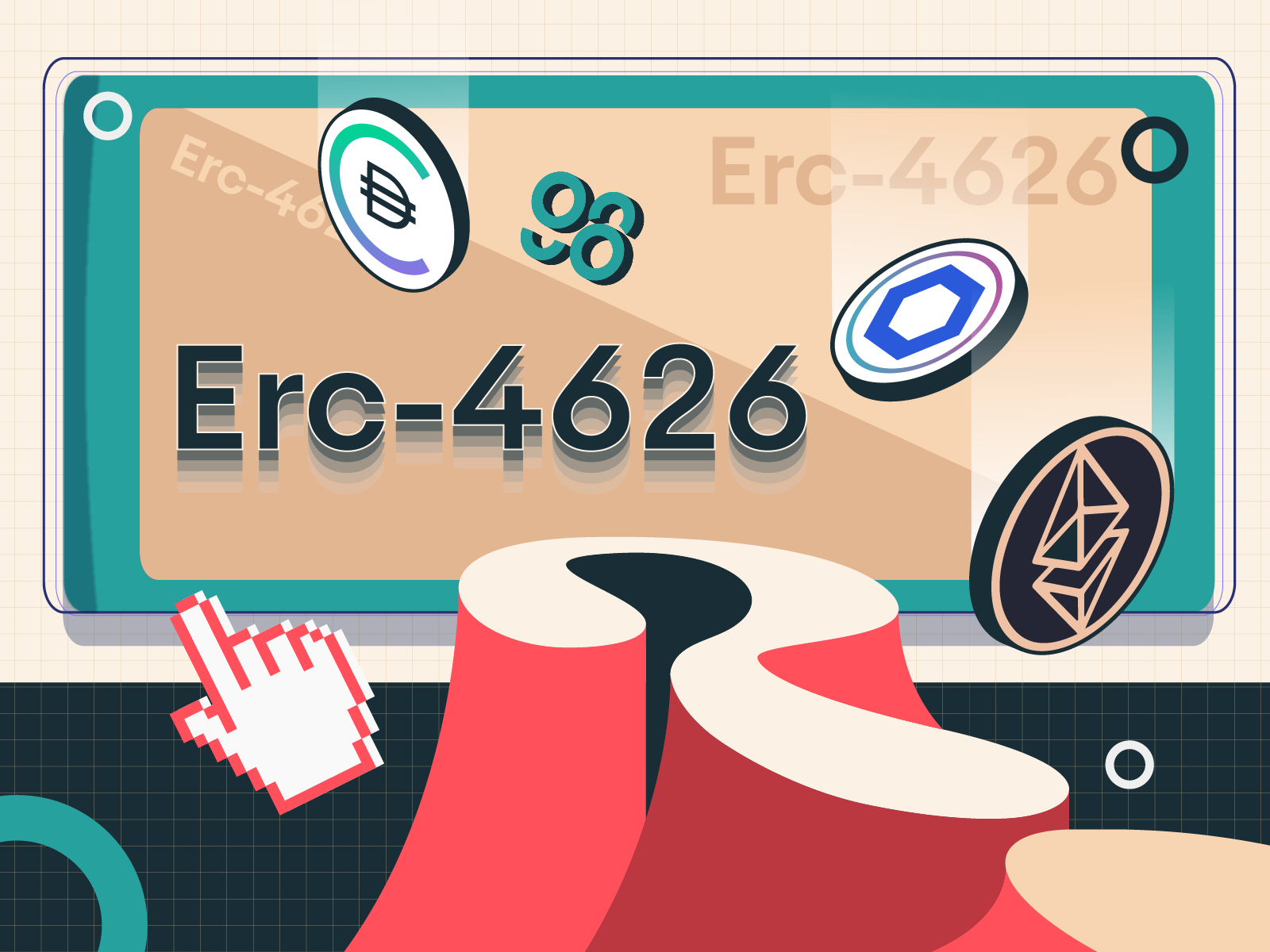What is ERC-4626? The new Yield-bearing token standard

What is ERC-4626?
ERC-4626 is a new ERC standard for yield-bearing tokens created by founder of Fei Protocol - Joey-Santoro and two other developers.
The ERC (Ethereum Request for Comments) standard is the main standard for Ethereum development, including coins, formats, and more. A similar standard makes it easier for dApps and smart contracts to interact with each other.
ERC standards can be built freely by anyone, but that's one thing; communicating, growing and increasing the community to adopt the standard is quite another. In truth, several ERC standards have been developed, such as ERC-20, ERC-223, ERC-721, ERC-809, and so on, but only a few, such as ERC-20, ERC-721 have been widely used till now.
ERC-4626 (Tokenized Vault Standard), such as other standards, aims to provide a framework for Yield-token development. The standard allows developers of Yield-bearing tokens such as Yearn (yTokens), Aave (aToken), and other platforms to standardize their Yield-bearing token development.
ERC-4626 aspires to be a new component in the DeFi Legos, providing infrastructure that enables it simple for developers to create Yield tokens, both quickly and affordably.
What is Yield-bearing token?
Yield-bearing tokens, also known as Interest-Bearing tokens, self-generate interest over time. Some well-known ibTokens include stETH, xSUSHI, cUSDC, and others.
Let’s take stETH - Lido as an example:
- When you stake 1 ETH, you get 1 stETH, which means 1 stETH = 1 ETH at first.
- But, over time, the value of stETH will rise on its own; for example, 1 stETH = 1.05 ETH, up 5% after a year.
- That's why tokens such as stETH are referred to as yield-bearing tokens.
Yield-bearing tokens are generally used to represent assets locked in DeFi protocols; as you may know, DeFi's TVL is now over 100 billion USD, therefore Yield-bearing tokens have a large market value and are commonly utilized in Protocols; some examples of Yield-bearing tokens include cDAI, aLINK, and yETH.
How ERC-4626 solves the current Yield-bearing token problem
Currently, there are many different types of Yield-bearing tokens, such as Yearn, which rewards users with yTokens when depositing assets into the vaults.
On Yearn Finance, there are hundreds of yTokens; for each of these yTokens, the developers must build a new strategy and spend more money and time auditing. If one strategy is incorrect, this will result in a significant loss.
Let's compare some AMM projects to clarify: Currently, users - who don’t even know how to code - can easily “Add Liquidity” for a liquidity pool using UI/UX from AMMs, due to the code set initially. Consider the case that users have to code once when they add a new trading pair on Uniswap, which seems to be extremely bothersome and time consuming.
ERC-4626 was created to address the above issue. It is supposed to make it easier for protocols to generate Yield-bearing tokens, similar to how AMM introduces a new trading pair.
Advantages of ERC-4626
ERC-4626 will have a number of advantages
In terms of projects
- Only the appropriate trading methods can generate ERC-4626 tokens, according to standardized trading strategies.
- Because the techniques in ERC-4626 are secure by default, protocols do not need to spend time and money auditing them.
- It's easy to integrate Yield-bearing tokens into other platforms.
In terms of users
- Use the protocol with more security.
- Yield-bearing token assets have been grouped together to make asset management easier.
- As compatibility has been updated, numerous protocols now employ ERC-4626.
How ERC-4626 will develop in the future
On November 3, 2022, ERC-4626 was completed. This is a huge step forward for the DeFi market in general; ERC-4626 will not only help developers save money and time, but it will also allow more innovation and device integration between protocols.
Fei Protocol is the first one to use ERC-4626; the project will employ ERC-4626 to standardize lending in Rari Capital's Fuse pools.
ERC-4626 has also gotten positive feedback from other parties, including Balancer, Maple Finance, Alchemix, Yearn Finance, and others, demonstrating the standard's first success.
Conclusion
This article has provided a comprehensive overview of what ERC-4626 is, as well as the prominent issue for this topic! If you find it useful, please share it with your friends!
Learn more: What is Identity, ERC-725 & ERC-735? The next step of the Mass-adoption Era